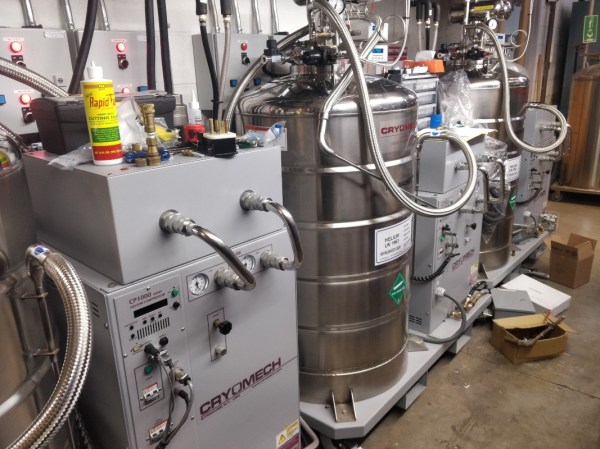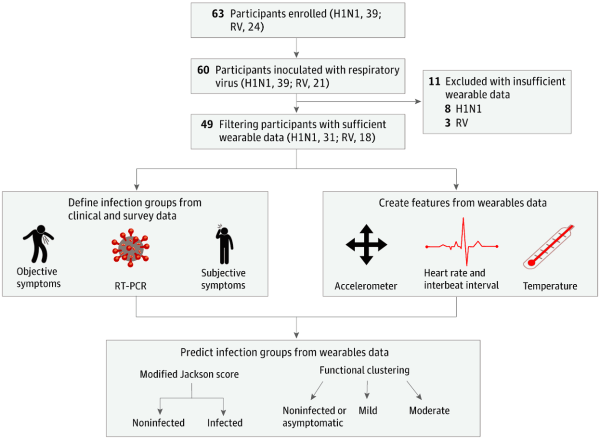What if you could tweak the recipe on ice cream to keep it frozen at higher temperatures? The idea comes from massive conglomerate Unilever. Among other things, the brand owns a wide variety of ice cream brands, from Ben & Jerry’s to the Magnum and Cornetto lines. Instead of running freezers at the industry standard of -18 °C (0°F), the company is experimenting with upping the temperature to -12 °C (10 °F) instead.
First off, you’d save a lot of electricity. Thanks to the way the industry works, the company actually owns the vast majority of the three million or so display freezers that are used to sell its stock to customers. Running at a higher temperature could slash the freezer’s energy use by 20% to 30%, according to the company’s calculations. The company also estimates that the energy used by these freezers makes up around 10% of its total greenhouse gas footprint, so it’s better for the environment too.
Of course, there’s savvy commercial reasons behind the idea. Unilever had noticed its ice cream sales dropping in 2022. The company believes this was in part due to retailers unplugging their freezers earlier than usual as winter approached, due to high energy bills. If the company’s freezers aren’t humming, they’re doing less business. If shaving down the freezer’s energy use helps retailers keep them plugged in and the lights on, that’s a net bonus to the company’s bottom line. It could also make their freezers unhospitable places for rival products, giving them an edge in the marketplace.
But this is all business intrigue. Let’s instead take a deeper look at ice cream.














